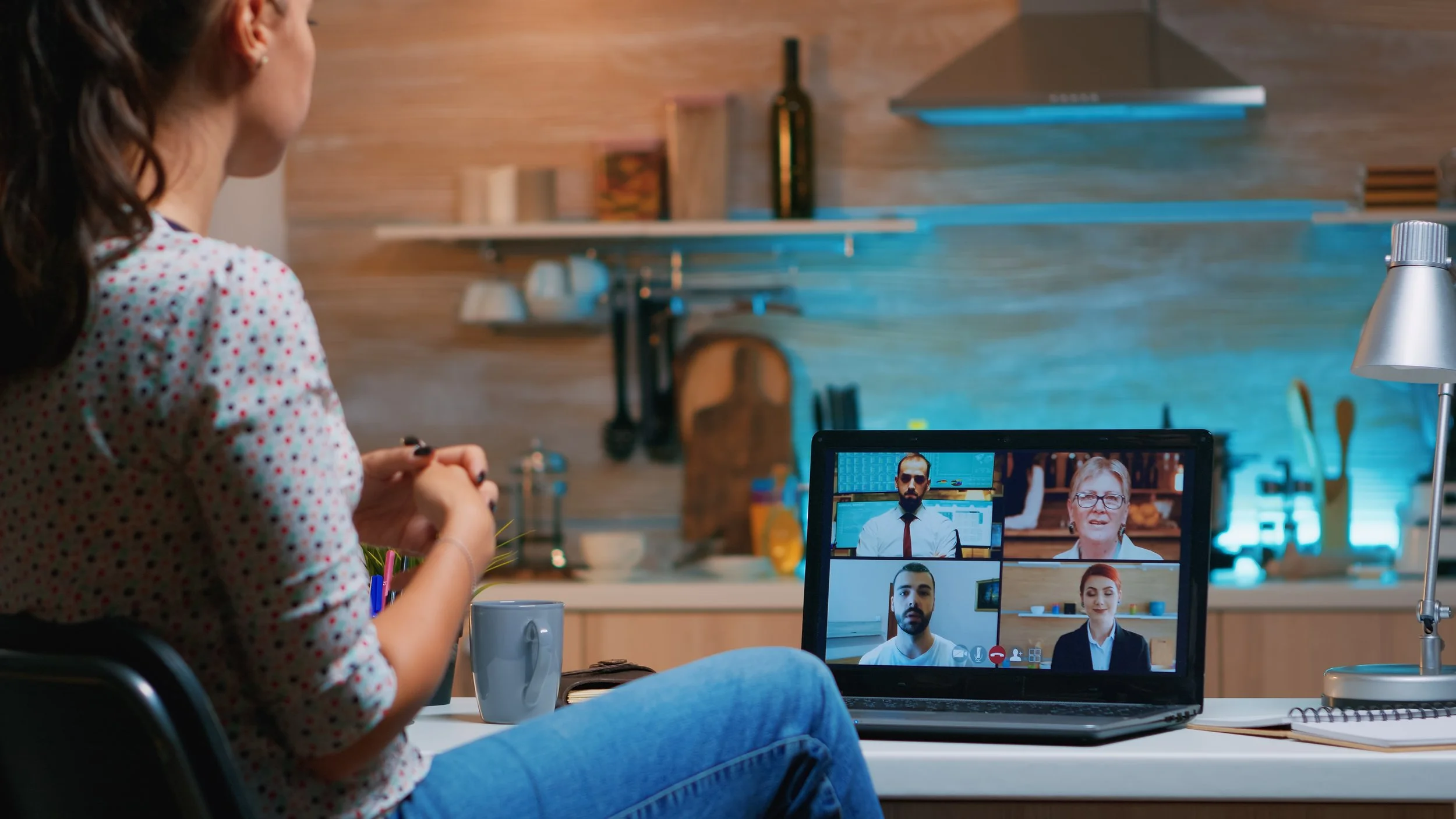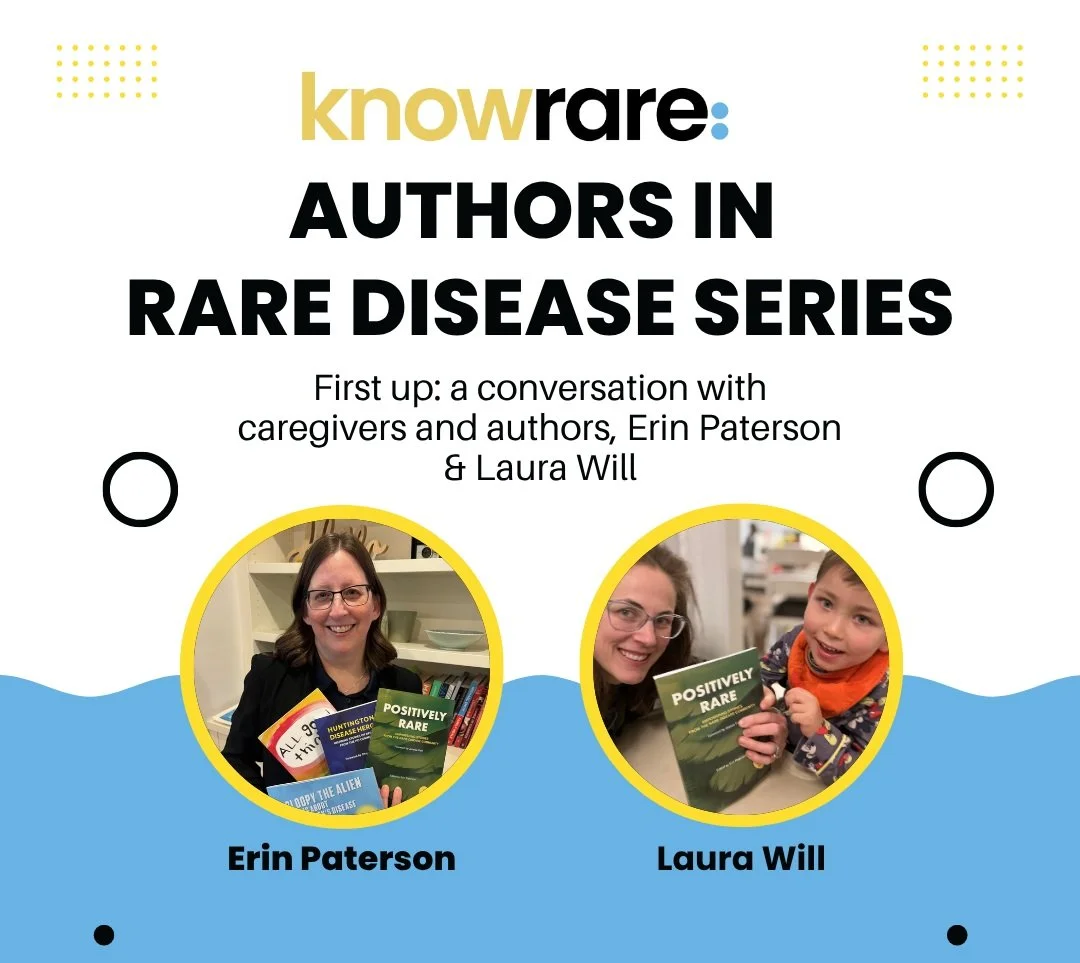Changemaker in Rare: Pushpa Narayanaswami
To truly understand the intricacies of a rare disease, it takes a rare type of doctor. Get to know the specialists who are at the forefront of rare disease research with our series, Changemakers in Rare. Dr. Pushpa Narayanaswami is a neurology specialist in Boston, Massachusetts, and is affiliated with Beth Israel Deaconess Medical Center.
Dr. Pushpa Narayanaswami, Neurology Specialist
What led Dr. Narayanaswami to pursue her field of study in Neuromuscular Diseases
Dr. Pushpa Narayanaswami’s story began as a toddler growing up in India. She recalls being carried around by her father, who was a physician and state director of health services. Innately curious, she found medicine to be fascinating and elected to pursue a career as a physician. When it came time to specialize, neurology drew her interest; perhaps in part due to the investigative and burgeoning nature of the specialty. As Dr. Narayanaswami says, “it is the logic of the diagnostic pathway and the understanding of the diagnostic odyssey that combined to make neurology so fascinating.” She found the study of neuromuscular physiology to be incredibly rewarding. The neuromuscular junction is where the impulses of nerve cells enter the muscle to allow for the body’s movement, strength, and coordination. The physiology of the neuromuscular junction reveals the magic of movement, and it also may be where the underlying pathophysiology defines the electrodiagnostic abnormalities and directly reflects a patient’s symptoms.
Dr. Narayanaswami dove into this world, completing her thesis on ALS in India during her neurology residency, then repeating her residency in the United States, followed by a neuromuscular fellowship at the University of Tennessee, Memphis. She jokes, “My children call me a nerd.” It is safe to say her depth of knowledge is outstanding. Now, as a physician and clinical researcher, Dr. Narayanaswami seeks to move our understanding of neuromuscular diseases and treatment options for these conditions forward. Buoyed by ongoing research in the field she notes, “I never thought in my lifetime I would see some of these treatments we see today.”
The most important part of Dr. Narayaswami’s Work
“It’s about the high fives and hugs, and the occasional roast beef sandwich.”
At the core of Dr. Narayanaswami’s work is to help patients live each day a little better and aid them to achieve their goals of care together. Recalling some of her favorite moments with patients, she laughs, “It’s about the high fives and hugs, and the occasional roast beef sandwich.” She went on to explain that with myasthenia gravis a patient’s ability to safely swallow is often compromised. She fondly remembers that for one patient, his primary goal of care was to regain his ability to eat a roast beef sandwich; so that became the benchmark of treatment success. Dr. Narayanaswami wholeheartedly practices medicine. She takes the time to understand what the meaningful outcomes are for each patient. She describes, “Our patients are facing so much, sometimes with very limited options. I work to earn their trust. I spend the visit time digging deep, truly listening.” She says, “Any treatment has the best success when you ask about their family structure, living situation, understand where meals are coming from, and consider possibly how many stairs a patient has to climb to get to bed at night.” Her commitment to each patient is awe-inspiring. She states, “When treatment does not work, we have a plan B, C, D, and even E. I am not afraid to show my emotions. I let each patient know I am sorry when treatment has not worked as well as I had expected. I am on the journey with them, and we just keep going. I hold their hand through it all. I spend weekends writing letters to insurance companies, fighting for treatments that are medically justified but denied. It’s hard, but it’s worth it for the hugs and high fives.”
Dr. Narayaswami’s future in rare disease research
As a researcher, Dr Narayanaswami translates her patient-centric attitude into a passion for approaching research outcomes that are patient-oriented. When approaching a research project, she has taken the time to conduct a focus group to understand what outcomes of treatment are important to patients so she can measure those in studies. Surely all patients want a cure, but she goes the extra step to “understand where to focus the development of treatments for improved quality of life and decreased hospitalizations.” Dr. Narayanaswami knows, “Research is all about getting to the truth, and the ways we do this in rare diseases may look different. In the study I have most recently worked on, we utilized an observational study approach when a randomized control study was not as feasible. The patient population in rare diseases is smaller and maybe sicker. We have to use the tools we have and interpret our results carefully so we can trust them.” Enthusiastic and optimistic, she smiles as she exclaims, “It is exciting times in terms of drug development. We are seeing enhanced molecular genetics, immunology, and improved communication between clinicians.” We are starting to harness the powers and innovation of research to make what was once impossible possible.
Want to learn more about Dr. Narayanaswami’s work? Read her journal article about the Day in the Life of a Neurologist.































